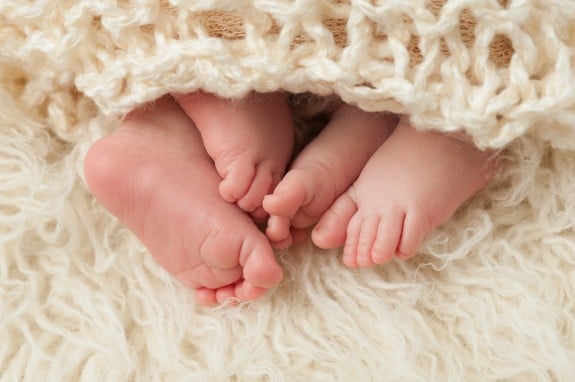One of the surest known things about twins may turn out to be false. Identical twins, no matter how much they look alike, may not have the exact same gene structure. This new information could blow holes in many medical studies.
Many medical studies often use twins because it makes it easier to control for a situation. With identical twins, it can be a way to look at two different outcomes for one individual. However, new research into twins may prove that this long-held belief is false. Identical twins may not actually have the same genes as each other.
Shiva Singh, a molecular geneticist at the University of Western Ontario, made this discovery when he was researching the link between heredity and schizophrenia. People who have siblings with schizophrenia have a much higher rate of having the mental illness themselves. Because twins were thought to have the same gene patterns, it was assumed that the rates of schizophrenia between twins would be even higher. However, the figures did not add up. Rather than a 100 percent link, there was still only a 50 percent link.
Identical twins come from a single fertilized egg that has split in two during the development. Scientists assumed that because it was one egg, that pairs of identical twins should have the same genetic structure. It would be like a cloning of a single person. However, if that were the case then heredity issues should be much greater among identical twins than common siblings.
Singh used gene sequencing among twin pairs and their parents to find any differences in their genetic structure. What he found were enough differences to suggest that identical twins may not be identical at a genetic level.
The reason may be because of the cells. As cells replicate, they change the genes that are turned on or off inside them. Some even increase and decrease the number of genes they contain. Over time, this leads to genetic differences that can become very great. This constant process can make small changes between a pair of identical toddlers, and even larger changes between the same pair 50 years later.
“The genome is very dynamic, not static. What you got from your parents is not what you have in the end,” he said. “There is more to the story than that.”
-Summer, staff writer
Related Articles:
- Study: Firstborn Children More Likely To Have Allergies
- California Couple Has Quadruplets, May Be Identical
- Ohio Couple Welcomes Home The Last Of Their Sextuplets







